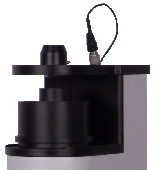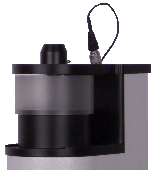The unconfined yield strength of a material is the force or stress required to deform or break a material when it is not confined by a container (free unstressed surface). From a testing perspective, the unconfined yield strength can be expressed as the stress required to fail or fracture a consolidated mass of material to initialize flow. The force used to consolidate the mass of material is called the Major Consolidation Stress.
The unconfined yield strength is very important in studying the flowability of materials. The reason is that the force required to get a powder or granular material to flow is directly related to the unconfined yield strength. In simple terms, the powder or granular material will flow if the force acting on it is greater than the unconfined yield strength of the material. A flow factor (ff) is calculated by dividing the major consolidation stress by the unconfined yield strength. This flow factor is used to classify materials into categories such as non-flowing (ff < 1), very cohesive (1 < ff < 2), cohesive ( 2 < ff < 4), easy flowing (4 < ff < 10), and free flowing (ff > 10).
The EVOLUTION Powder Tester measures the unconfined yield strength of a material in a two stage process. First, the material is loaded into a sample cell and compressed by vertical pressure.
| The EVOLUTION Powder Tester measures the unconfined yield strength of a material by applying pressure to a sample over time. First, the material is loaded into a sample cell. |  |
|
Then, a predefined pressure is applied to the top of the sample to consolidate it. The pressure can be applied on the instrument or by using weights. |
Sample Cell with Compression Cap |
|
After the material is compressed, the sample is then automatically removed from the sample cell and force is applied to the top of the sample to break or fail the material. The break cap contains the material for easy clean-up. The maximum force recorded when breaking the material is the unconfined yield strength. |
Sample Cell With Break Cap |
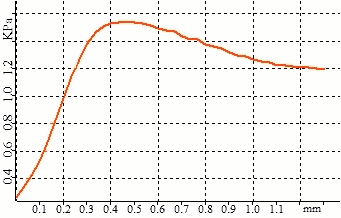
Break Stress Versus Break Strain
The unconfined yield strength of a material typically increases as the pressure on the material increases. A plot of the unconfined yield strength versus the major consolidation stress is called a flow function. The flow function presents the powder or granular material's response to pressure. Flow functions are very useful for predicting flowability because the forces acting on a material change at various points in a typical process. Therefore, it is important to know how the material responds to these forces.
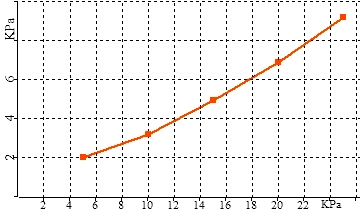
Flow Function
Flow functions are also very useful for comparing the flow behavior of formulations and blends. As can be seen below, at low pressure the two samples are similar but at higher pressures their behavior diverges dramatically.
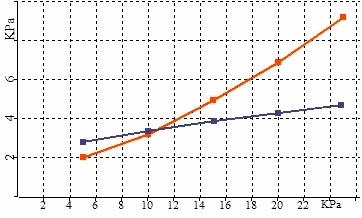
Flow Function Overlay
In addition, the unconfined yield strength of a powder or granular material typically increases the longer it is under the major consolidation stress. For this reason, it is very important to measure the time unconfined yield strength for materials that will be stored for any length of time. A plot of the time unconfined yield strength versus the major consolidation stress is typically called the time flow function.
